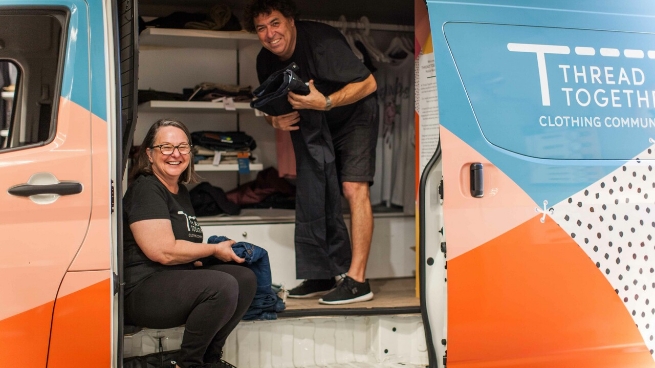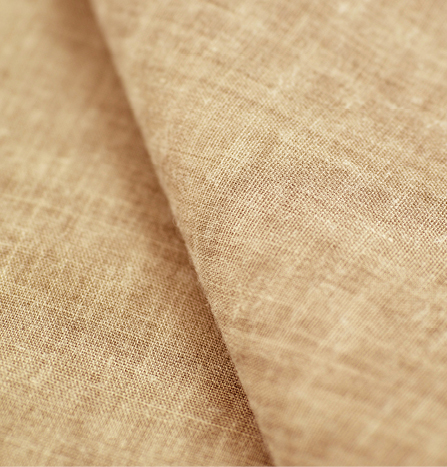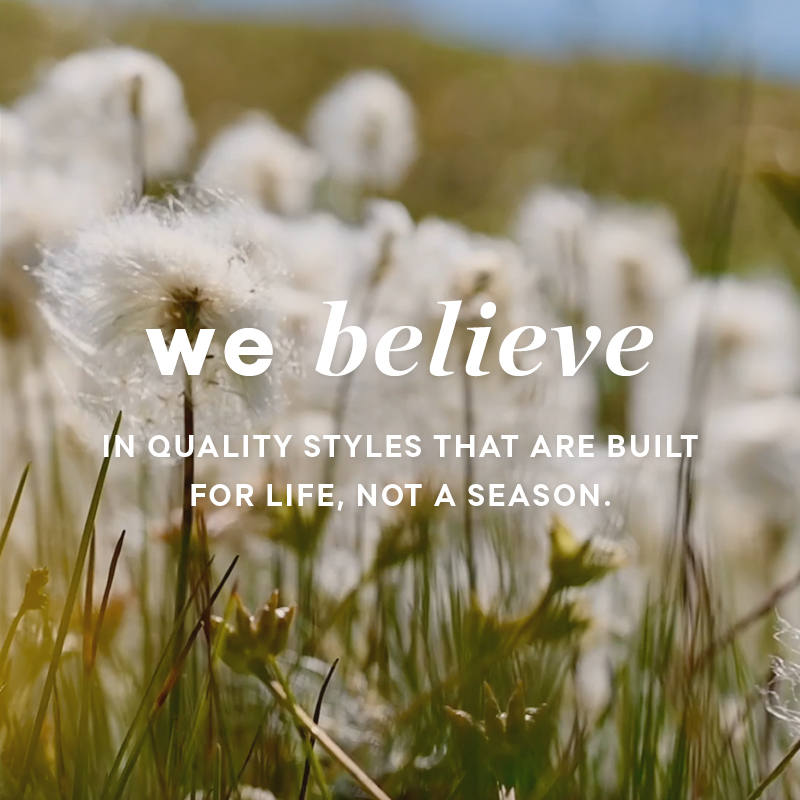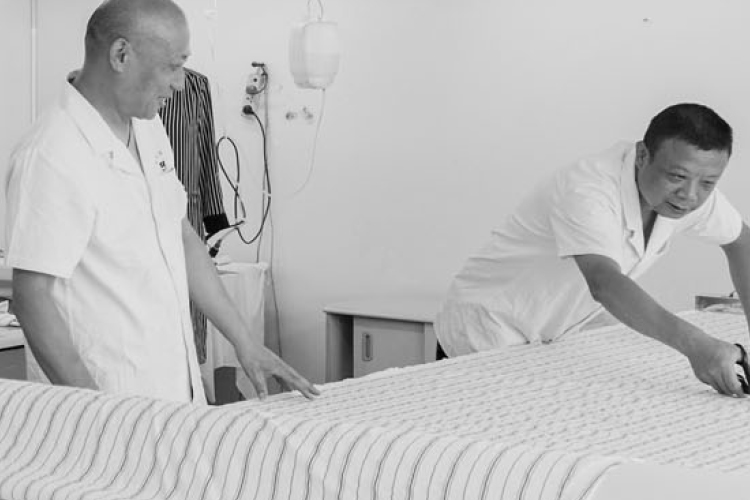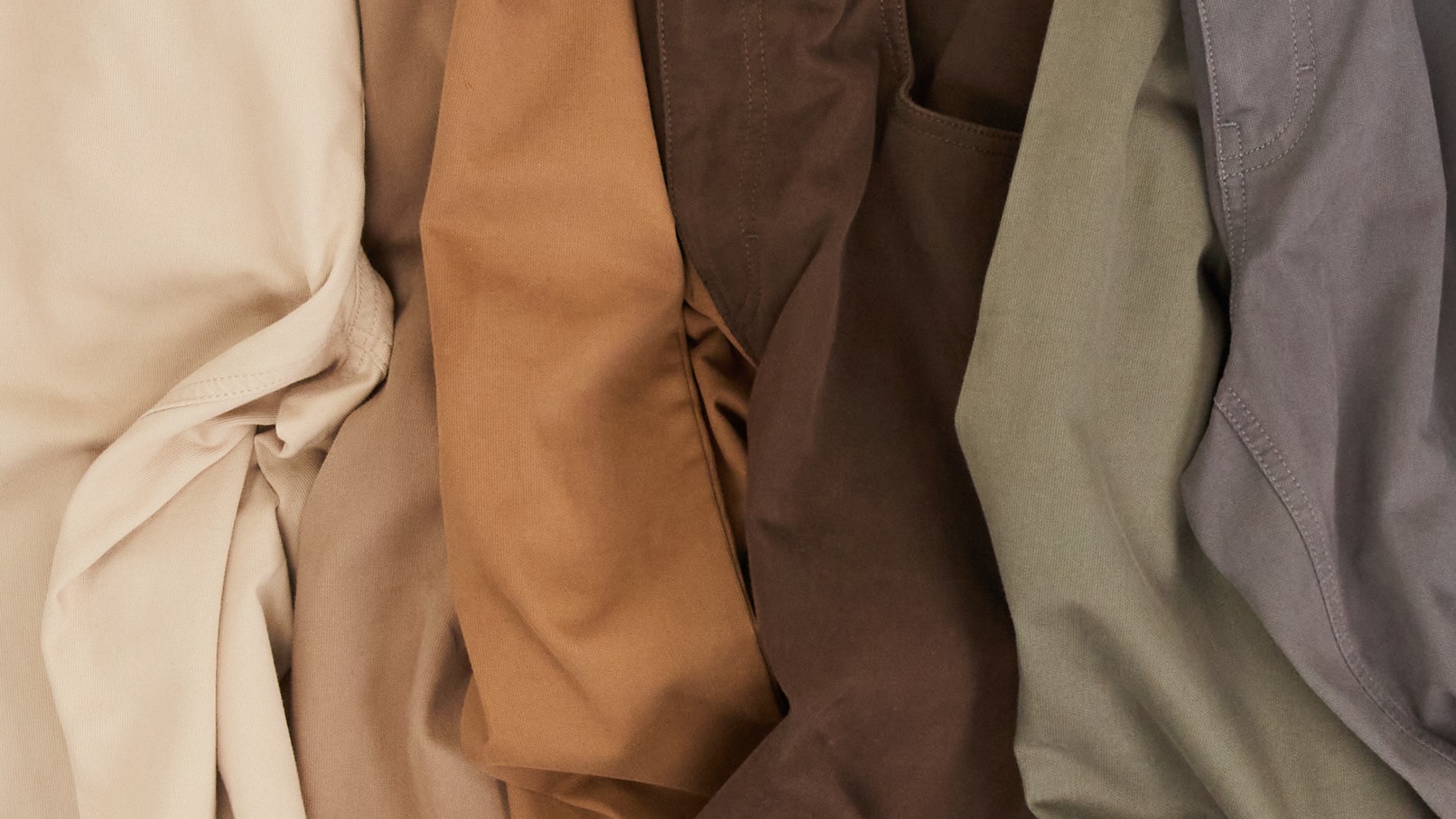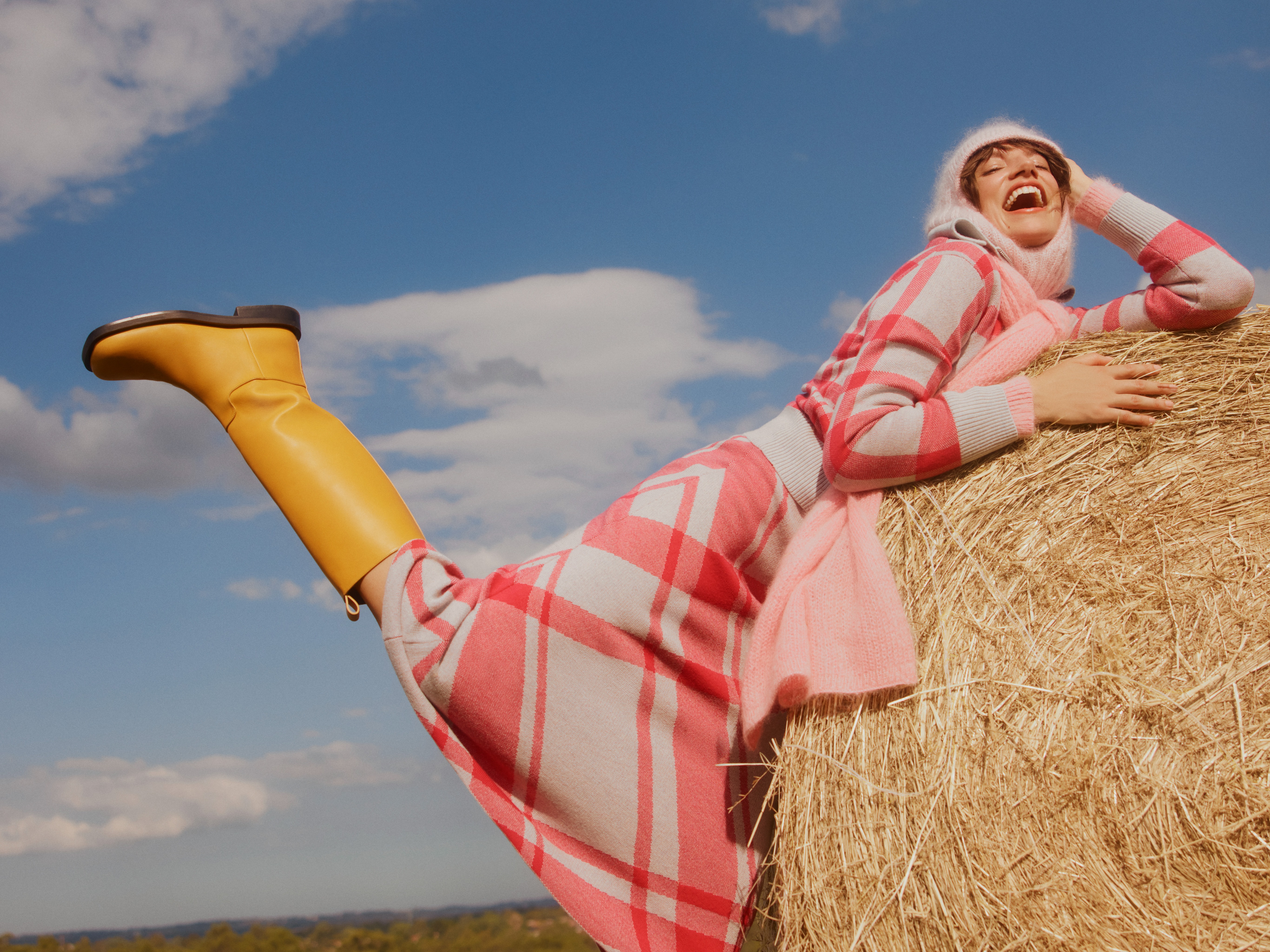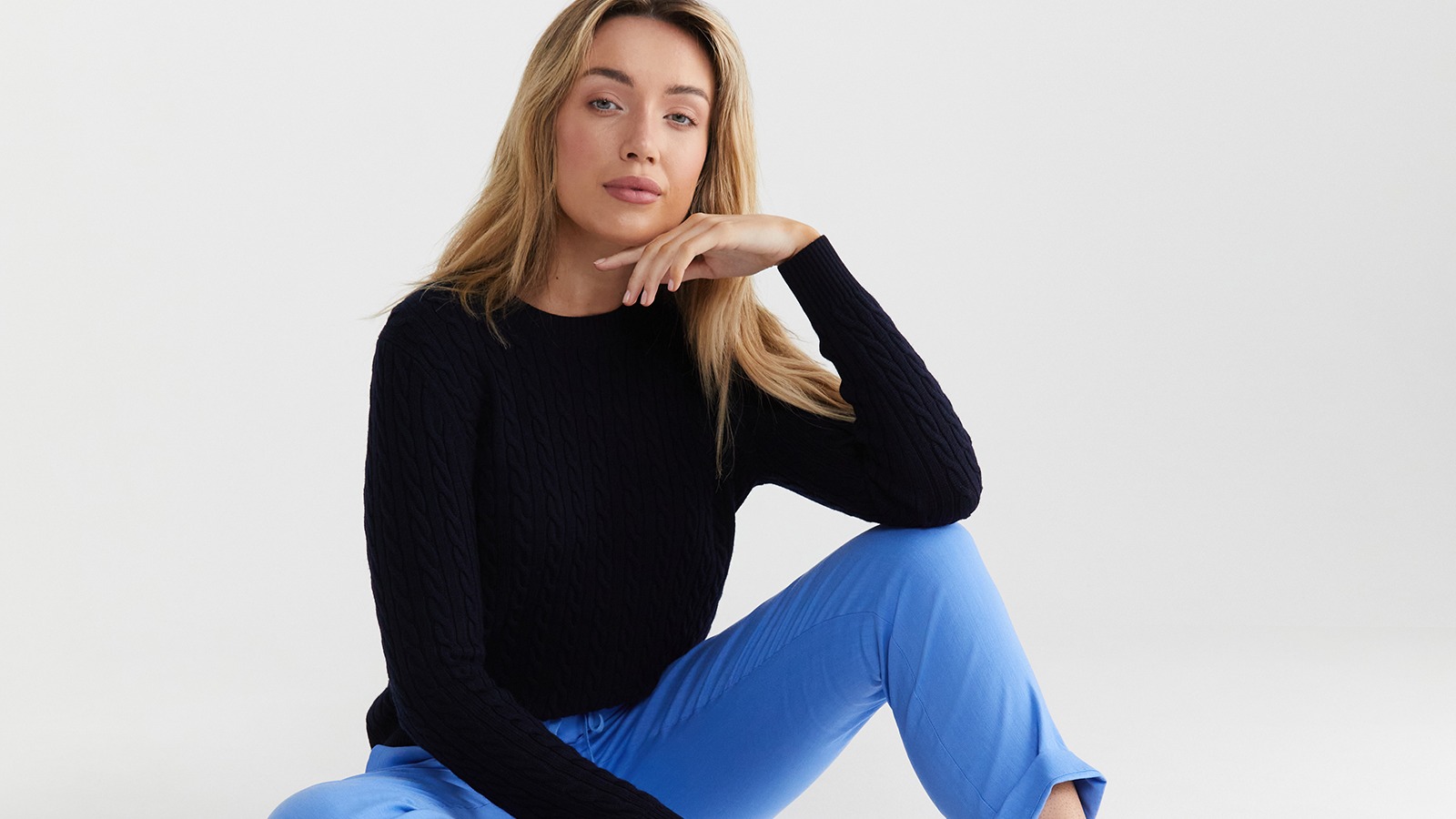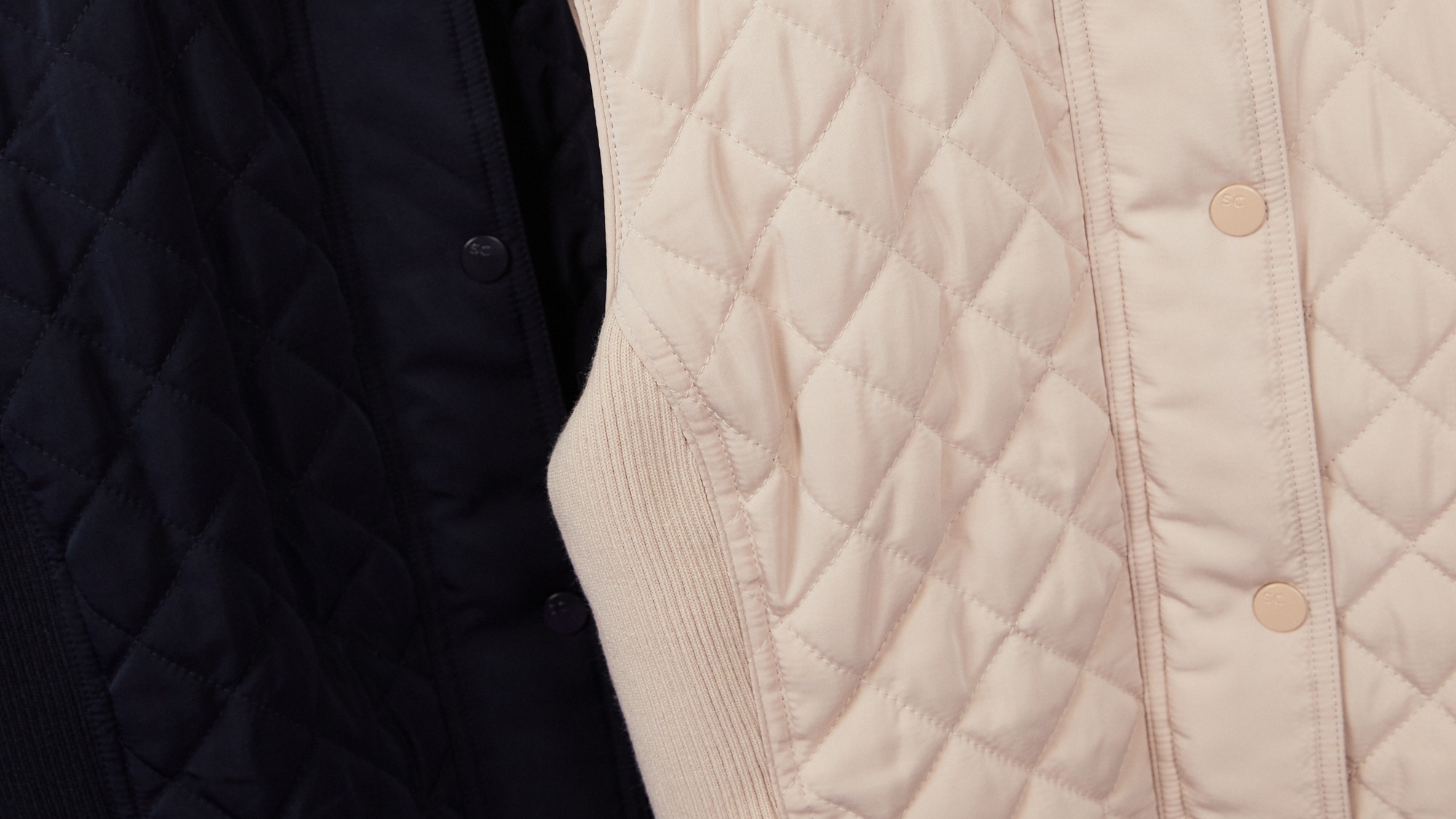Care Guide
3 Mar 2023
Author: SportscraftMarketing
Our clothes are made to last, and a little care goes a long way.
Below, find our top tips on how to extend the life of your Sportscraft products. Always read the garment care label first.
LET NATURE DO THE WORK
Most of the time, your clothes don’t need the washing machine or tumble dryer to be freshened up.
For small stains, try spot cleaning with a gentle stain remover and a clean rag first. If that’s not enough, try a hand wash with delicate detergent. Both these methods save a lot of the water and energy that comes from a full wash cycle. If your clothes need more than just a scrub, read on for washing specifics for each of our fabric types.
FIND YOUR FABRIC
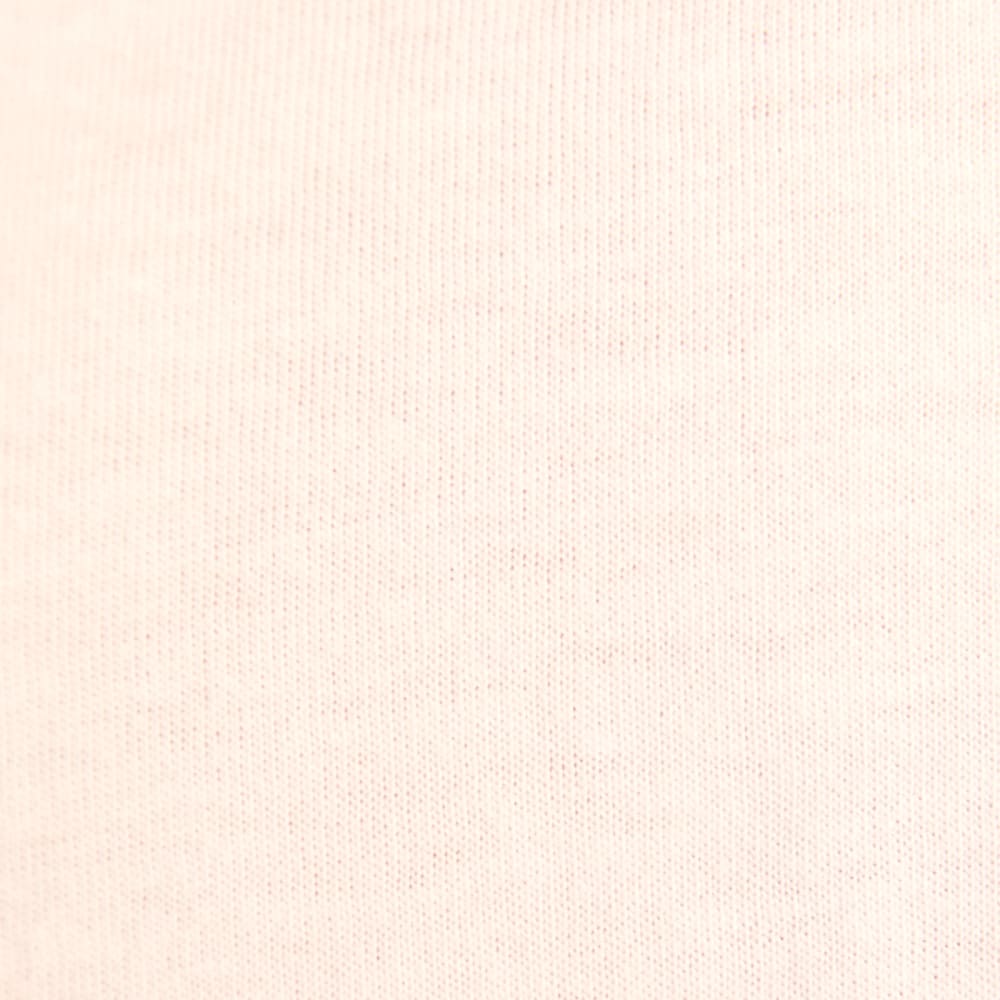
COTTON
Cotton can be hand or machine washed in cold, warm, or hot water with similar colours. We recommend using cold water to prevent shrinkage and reduce the risk of dyes fading. Cotton can be warm tumble-dried, but we recommend line-drying in the shade as it’s gentler on the environment. Cotton can be ironed using a hot setting with steam. For best ironing results, iron whilst garment is still damp.

LINEN
Linen can be hand or machine washed in cold or warm water (up to 40 °C) with similar colours. Use gentle detergents. Avoid using bleach or optical whiteners and don’t wring your linen out. Linen can be warm or cool tumble-dried, but we recommend line-drying in the shade as it’s gentler on the environment. You can iron linen with a warm to hot setting.
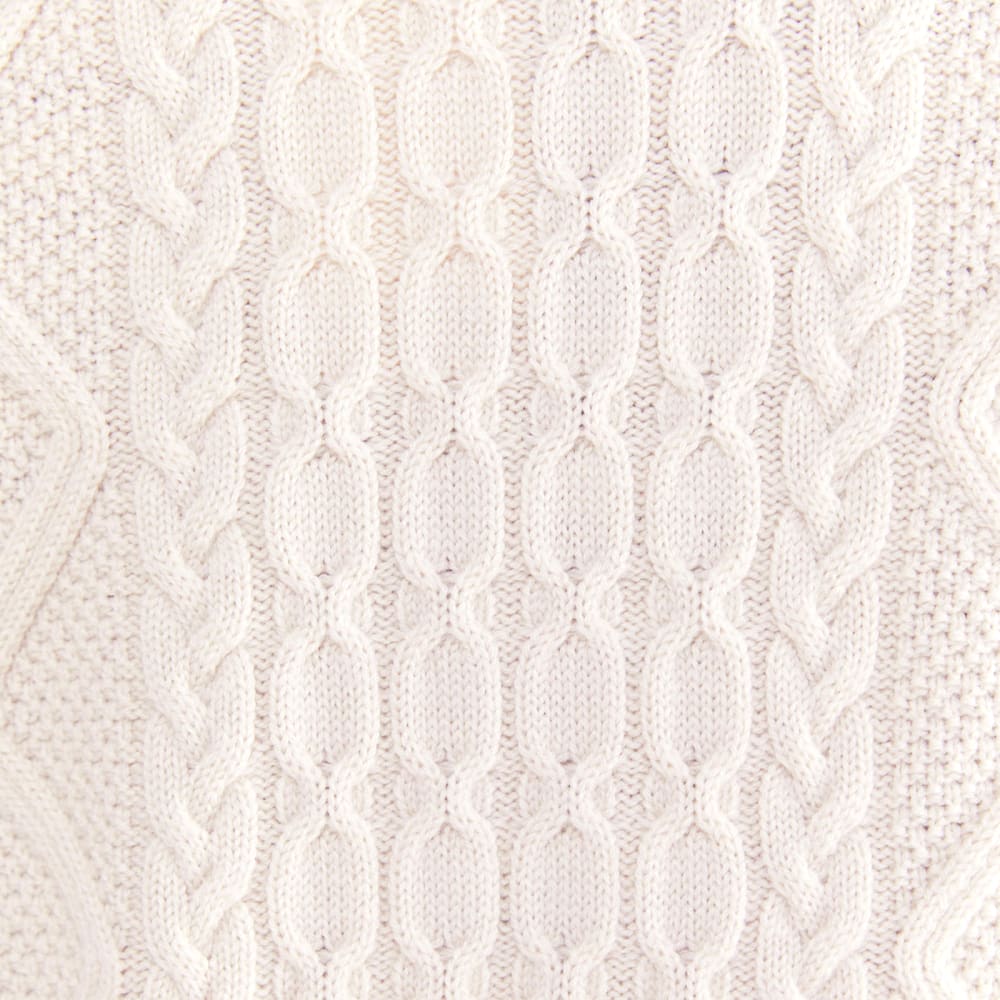
WOOL
Care should be taken when washing wool to prevent felting and shrinking. Never hot or warm wash wool - use cold or cool water only. It is best hand washed, but some of our garments can be gentle machine washed. Only use a delicate detergent suitable for wool or protein fibres. Never rub, wring, or tumble dry wool garments. Place washed garment on a dry towel and roll to remove excess water then gently reshape and lay.
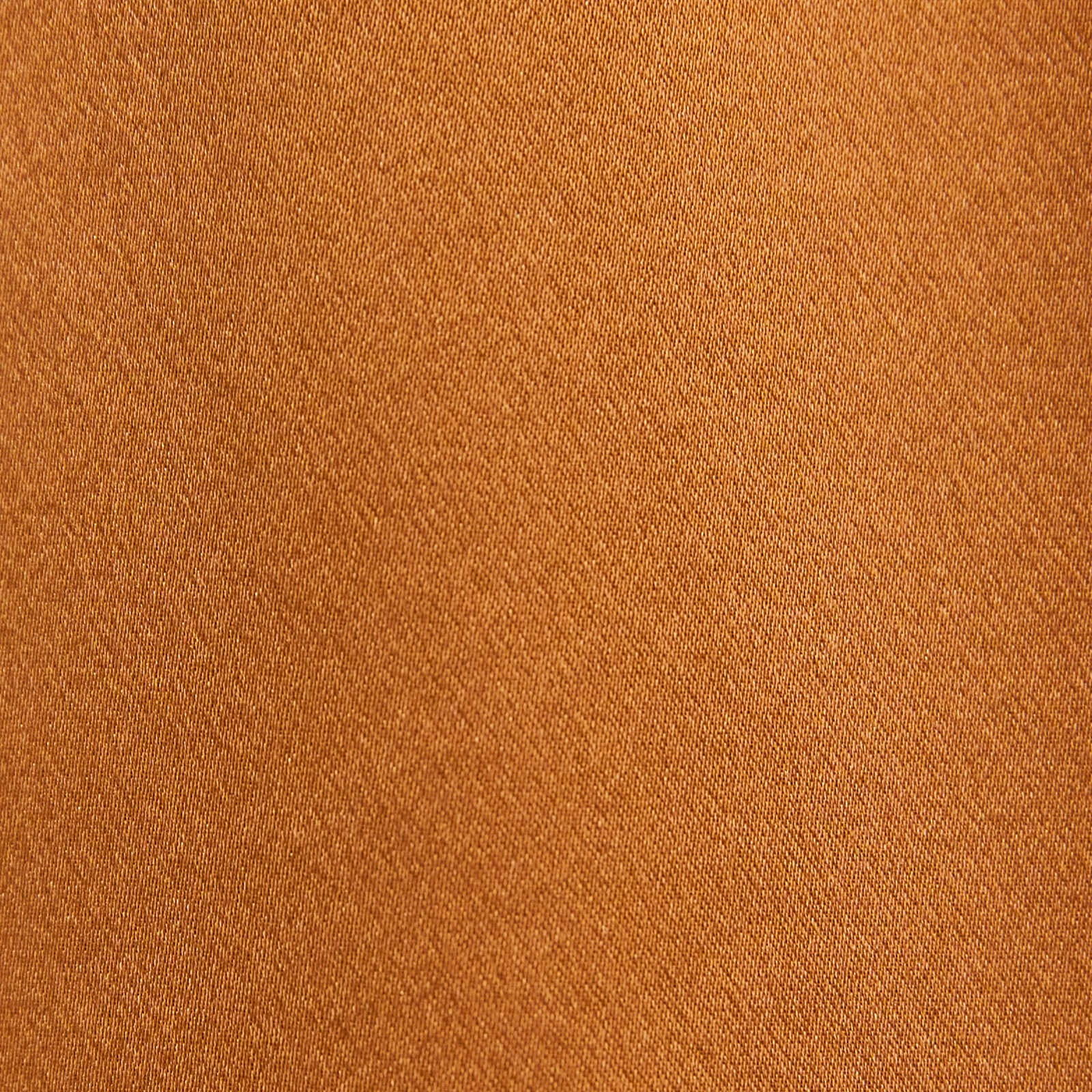
SILK
Silk should only be hand washed or dry cleaned. Silk can be dried hanging on a clothes hanger or lying flat. It should only be ironed on low heat with the garment inside-out. Avoid leaving your silk clothes in direct sunlight as they are more susceptible to fading and sun damage.
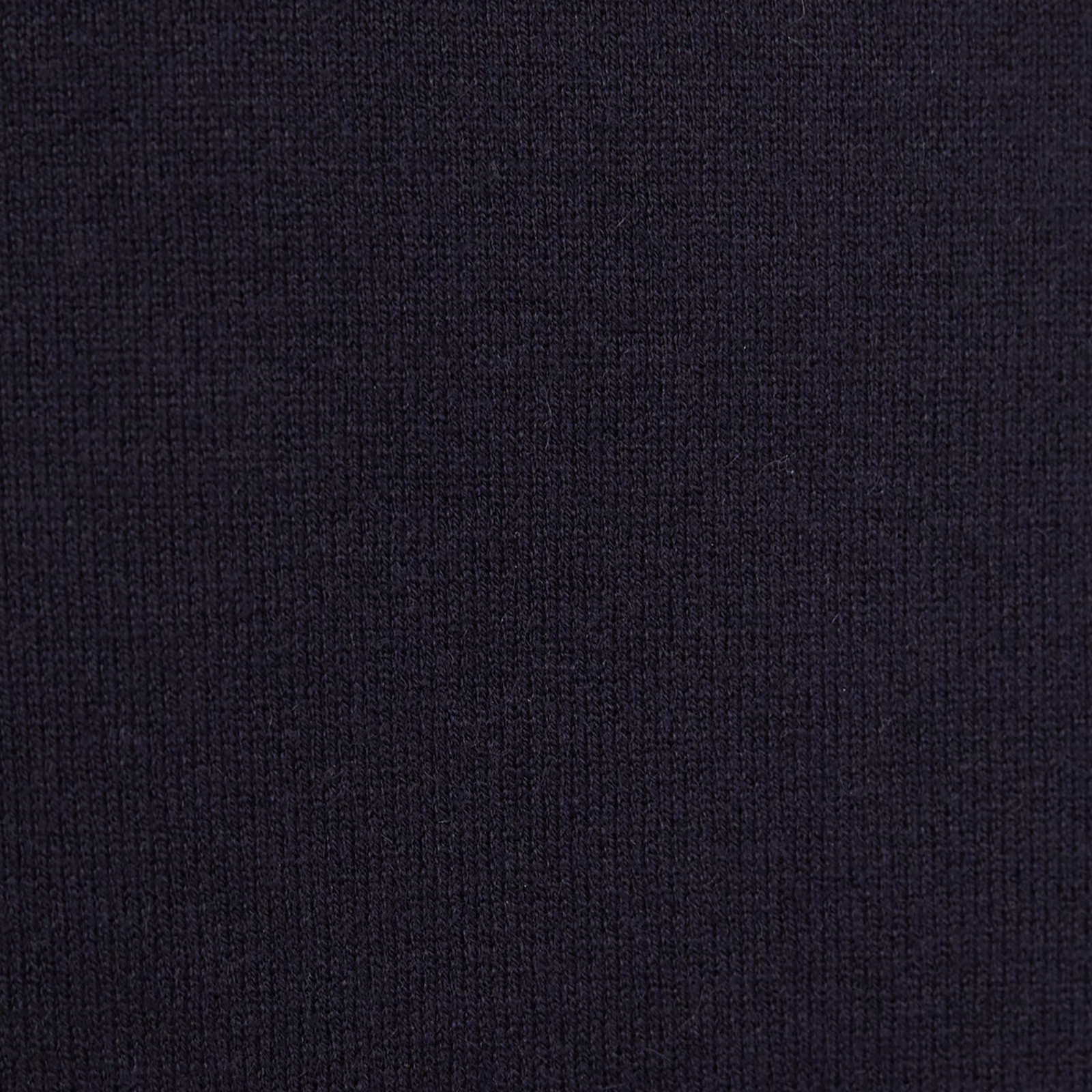
MAN-MADE CELLULOSICS
Man-made cellulosics such as Tencel, lyocell or viscose can be hand or machine washed in cold water with a gentle laundry detergent, however some must be dry-cleaned only - please check the care label. Man-made cellulosic garments should be line dried and not tumble dried as they have more movement in the fibres and weave and can be prone to shrinkage. They can be ironed on the coolest setting, usually best ironed whilst still damp.
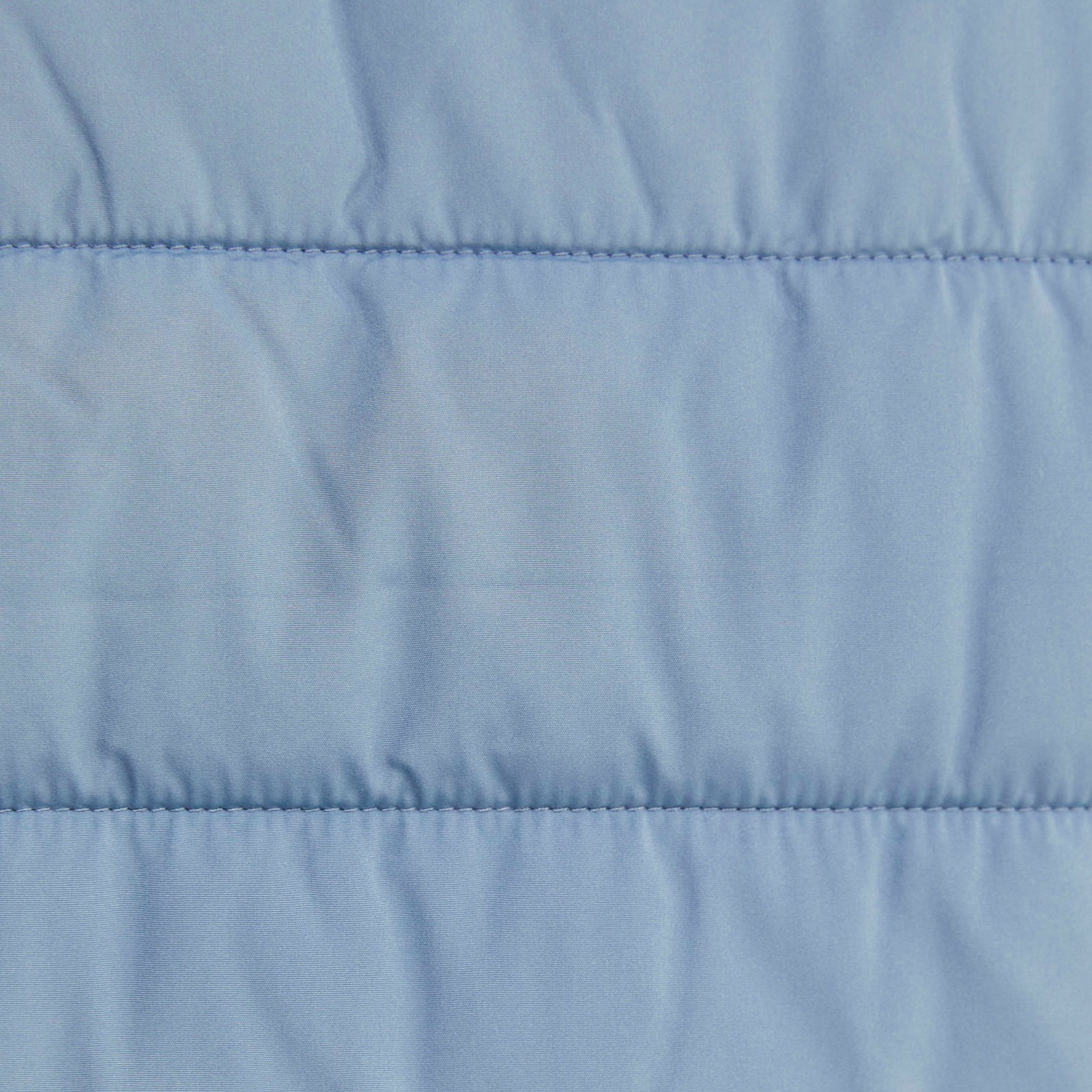
Polyester & Other Synthetics
Polyester can be hand or machine washed in cold or warm water (up to 40 °C) with similar colours. We recommend a cold wash as it requires less energy. Most detergents are suitable for polyester, but we always advise using a gentle option. Polyester dries quickly on the line, so we recommend only tumble drying when you need to on the coolest setting.
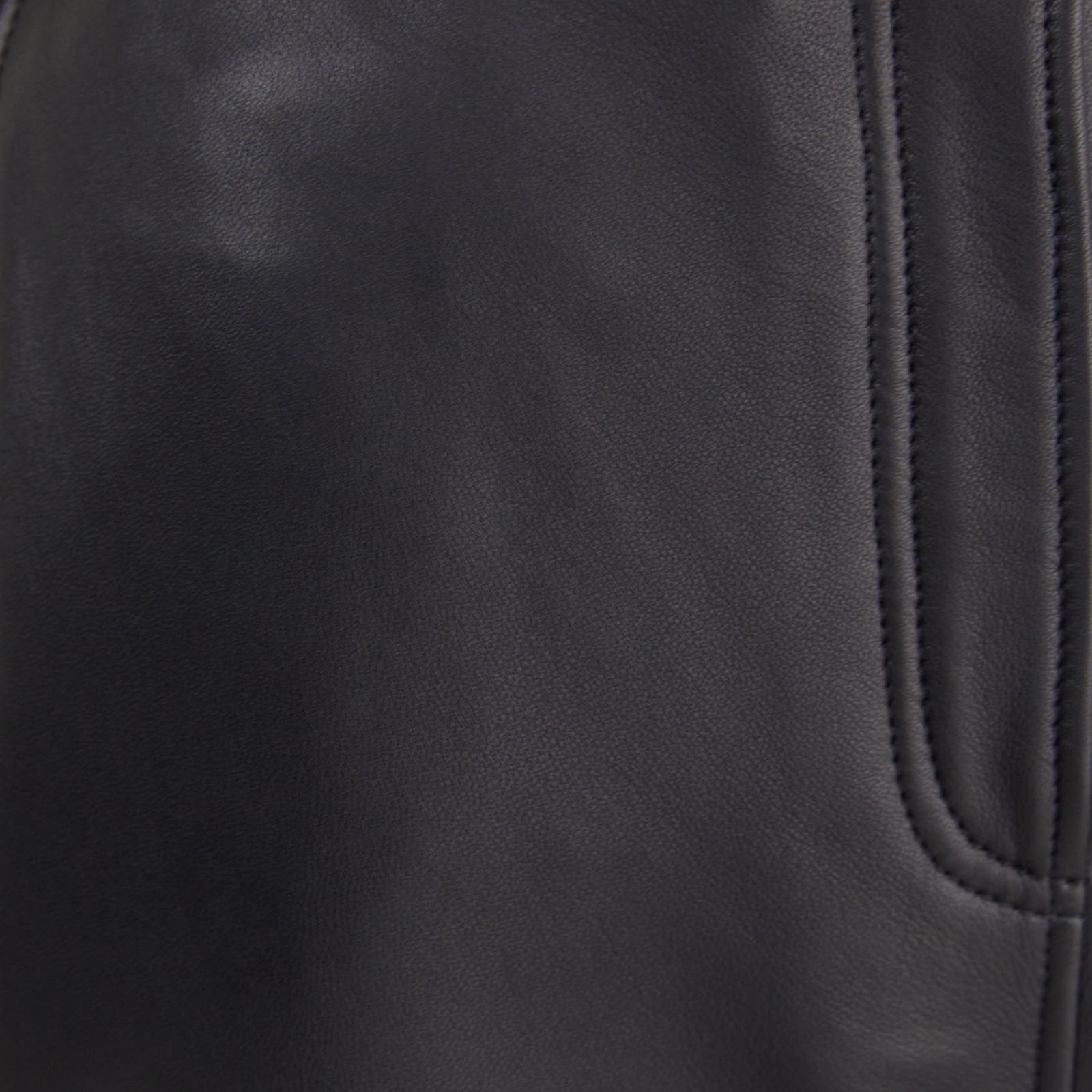
Leather & Suede
Leather doesn’t require any special products to be kept clean. Use a clean rag dipped in a solution of soap and water to gently wipe the surface. Don’t use chemicals or conditioners, do not iron and make sure to keep your leather products away from extreme heat or damp. Suede must be kept away from water and only treated with a suede cleaning product. Both suede and leather products should be drycleaned by a leather specialist dry cleaner every couple of years.


